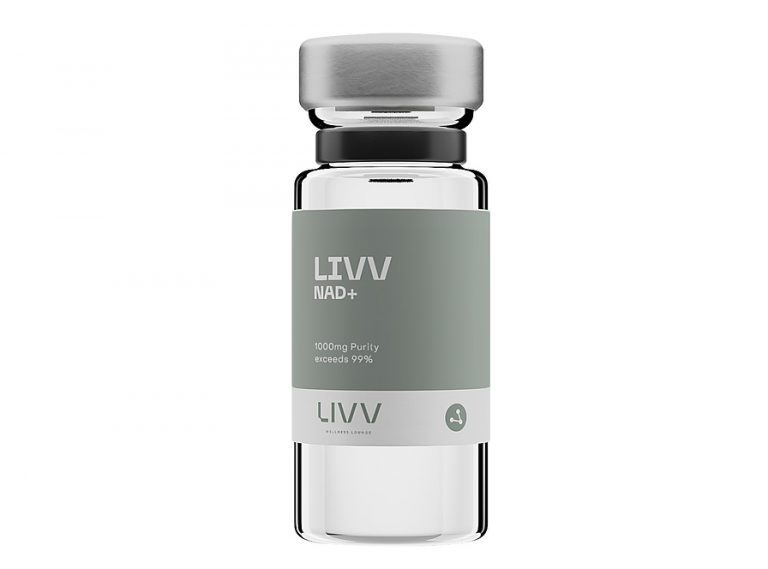What is Lyme Disease? Symptoms, Tests and Treatment Options

What is Lyme Disease? Symptoms, Tests and Treatment Options
What is Lyme disease?
Lyme disease is an infectious disease caused by the Borrelia bacterium, often transmitted by ticks. While there are different types of ticks, it is important to note that only the black-legged tick (deer tick) transmits Lyme disease.
According to the CDC, Lyme disease is the most common vector-borne disease in the United States. Studies show that it affects about 300,000 people per year. It is also possible that not all cases are reported. This infectious disease is prevalent in the northeastern, mid-Atlantic and north-central United States and common in grassy and wooded areas.
Lyme disease was first diagnosed as a stand-alone disease in 1975 in the coastal town of Lyme, Connecticut. It was not until 1981 that the bacterium that causes it, Borrelia burgdorferi, was identified by Dr. Willy Burgdorfer.
Typically, Lyme disease is mostly transmitted by immature ticks called nymphs. These are small and hard to see, which gives them ample time to infect humans before detection. Full-grown ticks can also transmit the disease, but you are likely to discover it before it infects you. A black-legged tick would need to be attached to you for about 24 hours for it to transmit the disease.
Common Signs & Symptoms of Lyme disease
If a disease-carrying tick has bitten you, the earliest sign of infection will be redness or a Lyme disease rash on the skin, called Erythema migrans. This will appear at the site of the bite between three days and a week after the bite. This rash appears in 70-80% of all people who have been bitten and is neither itchy nor painful. For this reason, many people may not know that they have been infected right away.
Other signs that might appear with or without the rash include fever, fatigue, headache, chills, and muscle and joint pains.
If untreated for several weeks, these Lyme disease symptoms will escalate to:
- A stiff neck
- Severe headaches
- Pain in tendons, bones, and muscles
- Nerve pain
- Severe joint pain
- Tingling in the hands and feet
- Brain fog
If Lyme disease goes untreated for several months, the symptoms will escalate drastically to:
- Facial palsy (a drooping face or loss of muscle tone)
- Inflammation of the liver
- Muscle numbness and weakness
- Inflammation of the eyes
- Severe fatigue
- Heart palpitations
- Impaired muscle movement
What is the diagnosis for Lyme disease?
You are probably wondering how one can know if they have Lyme disease. The first diagnosis is based on the symptoms that one is experiencing. An experienced physician should be able to tentatively identify Lyme disease going by the present symptoms such as a rash, fever, headache etc. These are then supported by determining the possibility of exposure, such as if the patient was recently in a tick prevalent area.
If the physician suspects Lyme disease as supported by symptoms and possibility, the next step is to carry out laboratory tests. This requires drawing blood to determine if the Borrelia bacterium is present.
Confirmation of Lyme disease requires two laboratory tests, which can be done on the same blood sample. The first test (ELISA) is used to determine the presence of the bacteria, and if this test is negative, there will be no need for the second test. If it is positive, however, the second test (western blot) is done to identify the protein antibodies of borrelia.
What are the treatment options for Lyme disease?
People suffering from early-stage Lyme disease are treated with antibiotics. For the most part, they will recover quickly and completely. If the condition is more advanced, then intravenous antibiotic treatment is administered.
Lyme disease treatment with IV antibiotics has some adverse side effects. These may include diarrhea and lowered white blood cells count. Additionally, there are people who never fully recover from Lyme disease, and this is termed as Post Treatment Lyme Disease Syndrome (PTLDS).
Patients suffering from PTLDS or ‘chronic Lyme disease’ will experience prolonged joint pain, fatigue, difficulty thinking, and muscle aches amongst other symptoms. It is not known why some patients do not fully recover from Lyme disease, and conventional medicine has not found a cure. Studies show that taking prolonged antibiotic treatment does not resolve PTLDS. Additionally, taking antibiotics for an extended period can cause adverse and deadly complications.
Alternative treatment for Lyme disease
If you have chronic Lyme disease where conventional medicine has not worked, not all is lost. LIVV Natural Health offers a variety of naturopathic solutions which have greatly improved the outlook for patients with this chronic illness.
Some of the treatments for chronic Lyme disease offered at LIVV include:
Ozone therapy– This involves introducing ozone (O3) to the body to create a pro-oxidative effect. This helps to get rid of pathogenic bacteria, viruses and cancerous cells. Ozone therapy helps greatly with alleviating fatigue and joint and muscle pains caused by PTLDS.
High dose vitamin C– This is a potent vitamin that is an antioxidant at lower doses but pro-oxidant at high doses. This can help eradicate disease-causing organisms.
Nutritional supplements– These help to support detoxification, binding, and elimination of bacteria and viruses.
Lyme disease FAQ
- What happens if you go untreated for Lyme disease?
If Lyme disease is caught and treated early, you will recover completely. If it goes untreated, however, you will suffer from adverse symptoms. These include facial palsy, chills, severe fatigue, joint and muscle pains, brain inflammation and nerve pain. These can eventually develop into life-threatening conditions. - Can Lyme disease kill you?Lyme disease should not kill you, but if it goes untreated for long, it may result in life-threatening conditions. For instance, Lyme disease can lead to heart problems including inflammation, heart block and even heart attack.
- What are the three stages of Lyme disease?The three stages of Lyme disease are:
- Early localized disease– This is occasioned by a small bump and later a rash. One may start having headaches, fever, and fatigue.
- Early disseminated disease– occurs a few weeks after the bite causing more severe headaches, arthritis, dizziness and severe fatigue.
- Late disease– This occurs within a few months of not getting treatment and is signified by heart palpitations, memory loss, numbness, and other severe symptoms described above.
- Is Lyme disease sexually transmitted?No. Lyme disease is not sexually transmitted. According to the CDC, it is only transmitted by a bite from the black-legged tick.
- How do they test for Lyme disease?Lyme disease can be determined by overall assessment of present symptoms and the consideration of whether one has been in a common tick area. After confirming physical symptoms, two blood tests are conducted to verify the presence of the disease.
- When should you get tested for Lyme disease?You should get tested for Lyme disease if you start experiencing symptoms such as headaches, fever, a rash, body aches etc. after being bitten by a tick. You should especially get tested if you live in a highly endemic area such as the northeastern and northcentral USA.
- What should you not eat with Lyme disease?Like with many chronic diseases, Lyme disease patients might want to avoid certain foods, such as refined sugars, gluten, and spicy foods that might cause intestinal inflammation. Just as with any other illness, to recover from Lyme disease, you need to eat foods that will support your immune system, detox your body and support your digestive system.
- Is caffeine bad for Lyme disease?There doesn’t seem to be a consensus on whether coffee is bad for Lyme disease. Online research shows that caffeine stimulates the production of cortisol, which can leave Lyme disease suffers more fatigued. Some sufferers are extra sensitive to the effects of caffeine, so really, it boils down to individuals.
- Can I drink alcohol with Lyme disease?Alcohol is likely to flare up the symptoms of Lyme disease and overburden a possible already weak liver with the duty of excreting it. Alcohol also contains histamines, which can exacerbate symptoms like itching, a runny nose and rashes. Different people will react differently to alcohol, and it is up to you to do what is best for your recovery.

